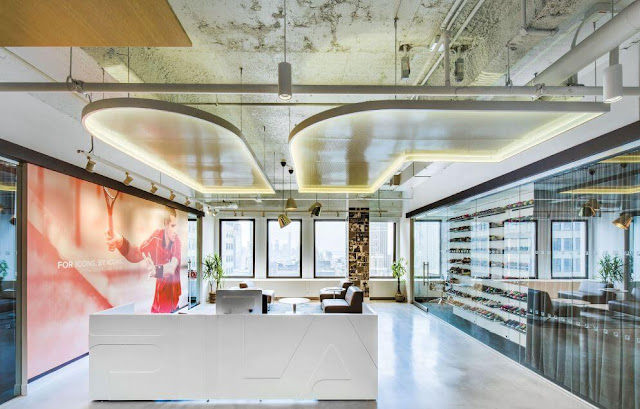Designing for Healing: How Healthcare Interior Design Impacts Patient Outcomes
Designing for Healing: How Healthcare Interior Design Impacts Patient Outcomes
Healthcare interior design plays a crucial role in the overall well-being of patients and can greatly impact their recovery and health outcomes. From the colors on the walls to the materials used in the flooring, every design element has the potential to positively or negatively impact a patient's experience. In this blog, we’ll explore how healthcare interior design can impact patient outcomes and the key elements to consider when designing a healing environment.
Color and Lighting
The colors and lighting in a healthcare environment can have a significant impact on patient mood and well-being. Calming colors such as blue, green, and yellow are thought to have a soothing effect, while bright colors can increase anxiety and agitation. Adequate lighting is also important for promoting a sense of safety and comfort.
Materials and Finishes
The materials and finishes used in a healthcare environment should be chosen for their durability, cleanliness, and comfort. Flooring, for example, should be slip-resistant and easy to clean, while wall coverings should be washable and resistant to bacteria and mold.
Space Planning
Space planning is crucial in a healthcare environment. The layout should allow for easy navigation, promote privacy, and create a welcoming atmosphere. Adequate space should also be provided for medical equipment, storage, and staff areas.
Accessibility
Designing a healthcare environment that is accessible to all patients is essential. This includes providing adequate space for wheelchairs and other mobility aids, as well as incorporating accessibility features such as grab bars, low light switches, and accessible toilet facilities.
Wayfinding
Clear wayfinding is essential in a healthcare environment, especially for patients who are unfamiliar with the facility. Signage, colors, and other visual cues should be used to guide patients to their destinations, reducing stress and improving the overall patient experience.
Nature and Views
Incorporating nature and views into the design of a healthcare environment can have a positive impact on patient well-being. Studies have shown that exposure to nature can reduce stress, improve mood, and enhance the healing process. Consider incorporating elements such as greenery, natural light, and views of the outdoors into your design.
Art and Decorative Elements
Art and decorative elements can play an important role in promoting a healing environment. Artwork and other visual elements should be chosen for their ability to evoke emotions, reduce stress, and create a calming atmosphere.
In conclusion, healthcare interior design has the potential to greatly impact patient outcomes. By considering elements such as color, materials, space planning, accessibility, wayfinding, nature, and art, you can create a healing environment that supports patients and promotes their well-being. So if you're designing a healthcare facility, keep these key elements in mind to ensure the best possible outcomes for your patients.


%20(1).jpg)
Comments
Post a Comment